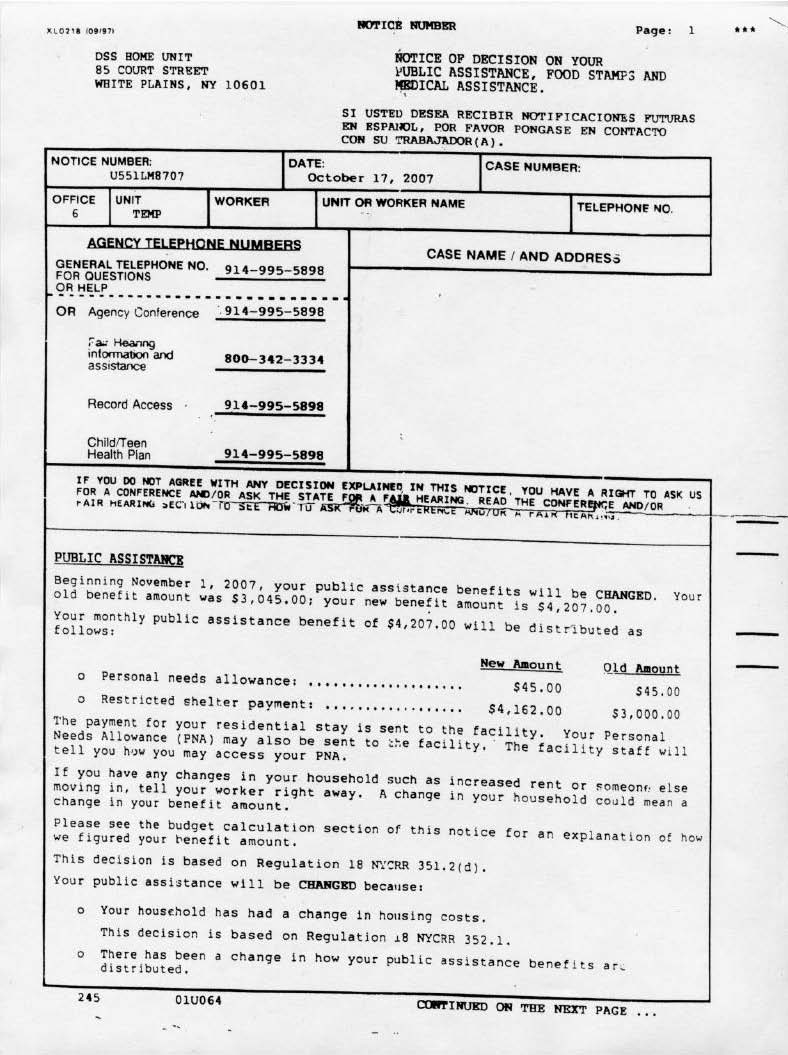
Acknowledgements
First, my thanks to Joanne, Sabrina and Barry, your personal stories of life in the Homeless Drop-Ins and Shelters were the “inspiration” for this research. Your successes are an example to those who hope to be free.
To the almost sixty homeless men and women for candidly sharing their pain and frustration. Who, for all their troubles, still have hope for a better life.
To the fourteen professionals for explaining how “the system” struggles to cope with this stubborn issue.
To the Centers’ Board of Directors for their counsel and support;
Ira Minot, LMSW, Chairman, Steven H. Smith, PsyD, Vice-Chairman,
Janis Lauria, BBA, Treasurer and Sondra Borek, SecretaryTo my Assistant, Joanne Casablanca for being an excellent secretary, interviewer and teacher, to our brilliant graphic artist; Michael Zemaitis and to my son Christopher for taking the data analysis to the next level.
The Center for Career Freedom
Contents
Forward page 3
Executive Summary pages 5-9
Findings and Action Implications pages 10-16
Charts and Quotations pages 17-37
Convincing the “Hard Core”, Homeless to Accept Shelter Services pages 38-42
About the Center page 43
Appendix page page 44
Forward
The Center is a 501 (c) (3) with a mission of rehabilitation and recovery of persons with psychiatric and substance abuse issues leading to competitive employment. The Center is licensed by New York State’s Department of Education as a business school, certified by Microsoft as a Office Applications Training Center and funded by Westchester’s Department of Community Mental Health.
This study was initiated at the urging of our homeless students who have resided in Westchester’s homeless system for many years. It was privately funded.
Drawing upon our years of research experience and consulting in the business sector, we began by conducting several focus groups with MICA residents. Twenty-three one-on-one in-depth interviews were then conducted with Shelter Providers, Government Agency Administrators, Business/Real Estate Executives and Home Owners to determine how they cope with the issues of homelessness. In July, we interviewed fifty-eight single adult residents at five Shelters and Drop-Ins throughout the County. Our main objective was to quantify how effective the County and Communities’ Social Services were in assisting them to become self-sufficient again. By way of comparison, we included New York City’s Department of Homeless Services Model Program, statistics and service goals.
A second study was conducted in late November among thirty Drop-In residents to quantify their interest in incentives to accept Shelter services (page 38).
Our analysis identifies five issues the Community needs to address: Access to Services, the Economics of Recovery, Self-Sufficiency, Distribution of Resources and, Responsibility and Control. The report is designed as a self-administered PowerPoint chart and text presentation utilizing resident quotations to illustrate the quantitative data. A separate appendix consisting of in-depth interview verbatims, the questionnaire, shelter websites, relevant government regulations, newspaper articles and more is available.
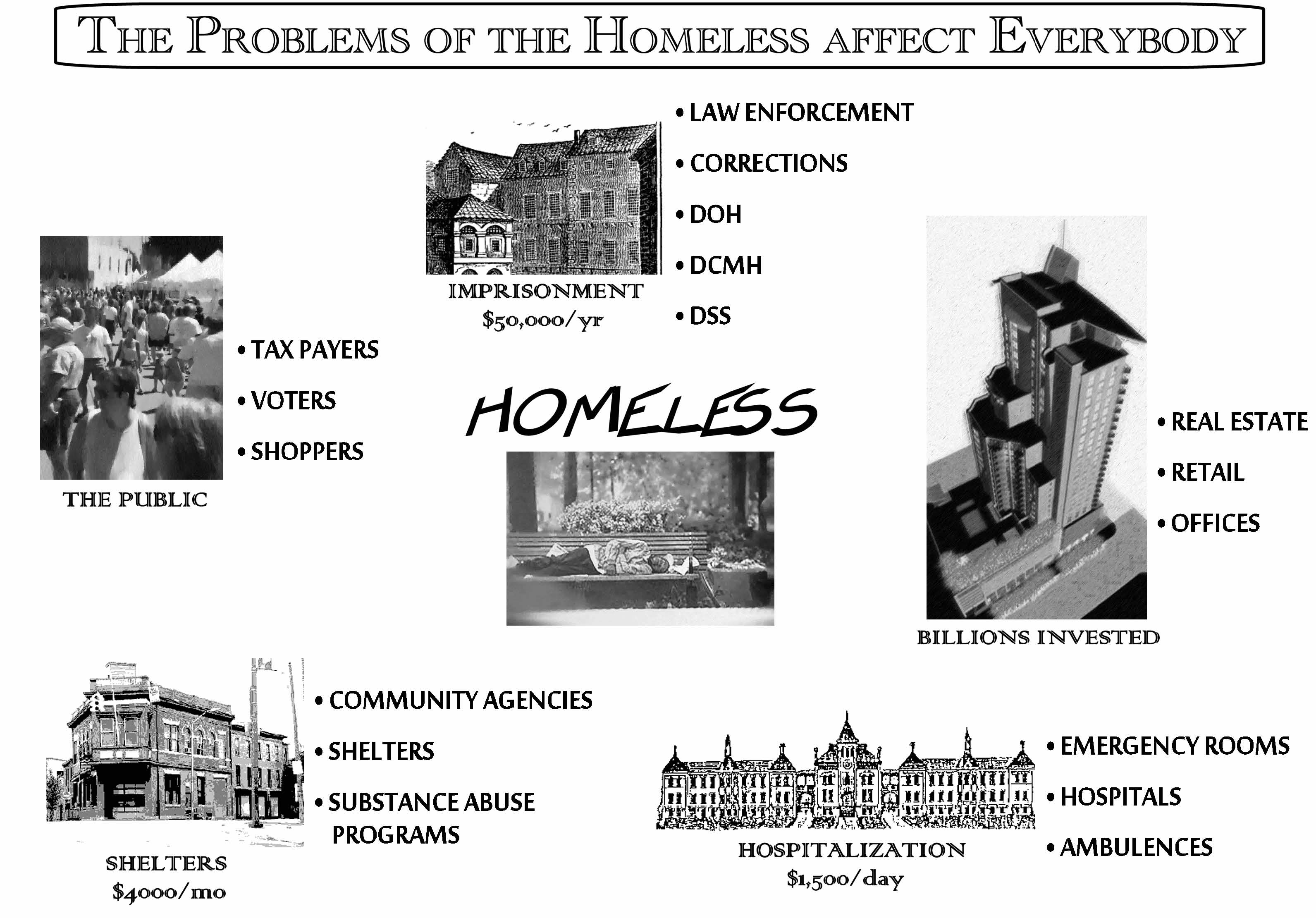
Summary
- New York States’ Office of Mental Health’s – “Principles for the Redesign of OMH’s Housing” states: “There is an unmet need for clinical programs that support people in getting/keeping housing successfully. Many people with a mental illness are stuck in the Shelter System.”
- Compared to New York City, Westchester’s Drop-In Shelter System is both broken and over priced:
- Residents are trapped for an average stay of three years in Westchester’s Shelter System vs. three months in NYC/DHS (90% are placed within 21 days)
- Westchester’s Shelters cost taxpayers almost fifty-thousand dollars each year to house one homeless person –that’s over forty-five million dollars to care for Westchester’s three-hundred homeless over three years. New York City Shelter programs cost less than five thousand dollars per person
- NYC/DHS has an aggressive outreach program, performance based contracts, weekly on-site shelter supervision and daytime service access and a five year rental assistance program (HSP)
- Westchester Shelters coerce disabled homeless to sign over their Social Security checks for room and board, or they’re thrown out. New York City does not
- Westchester’s Shelters and Drop-Ins punish “bad behavior” by putting the residents back onto the streets. New York City gives them extra services
- NYC/DHS aggressively use housing prevention programs to target single adult chronically homeless at a fraction of the cost of Shelters
How New York City D.H.S. Copes with Homelessness Single Adults, 2007 YTD
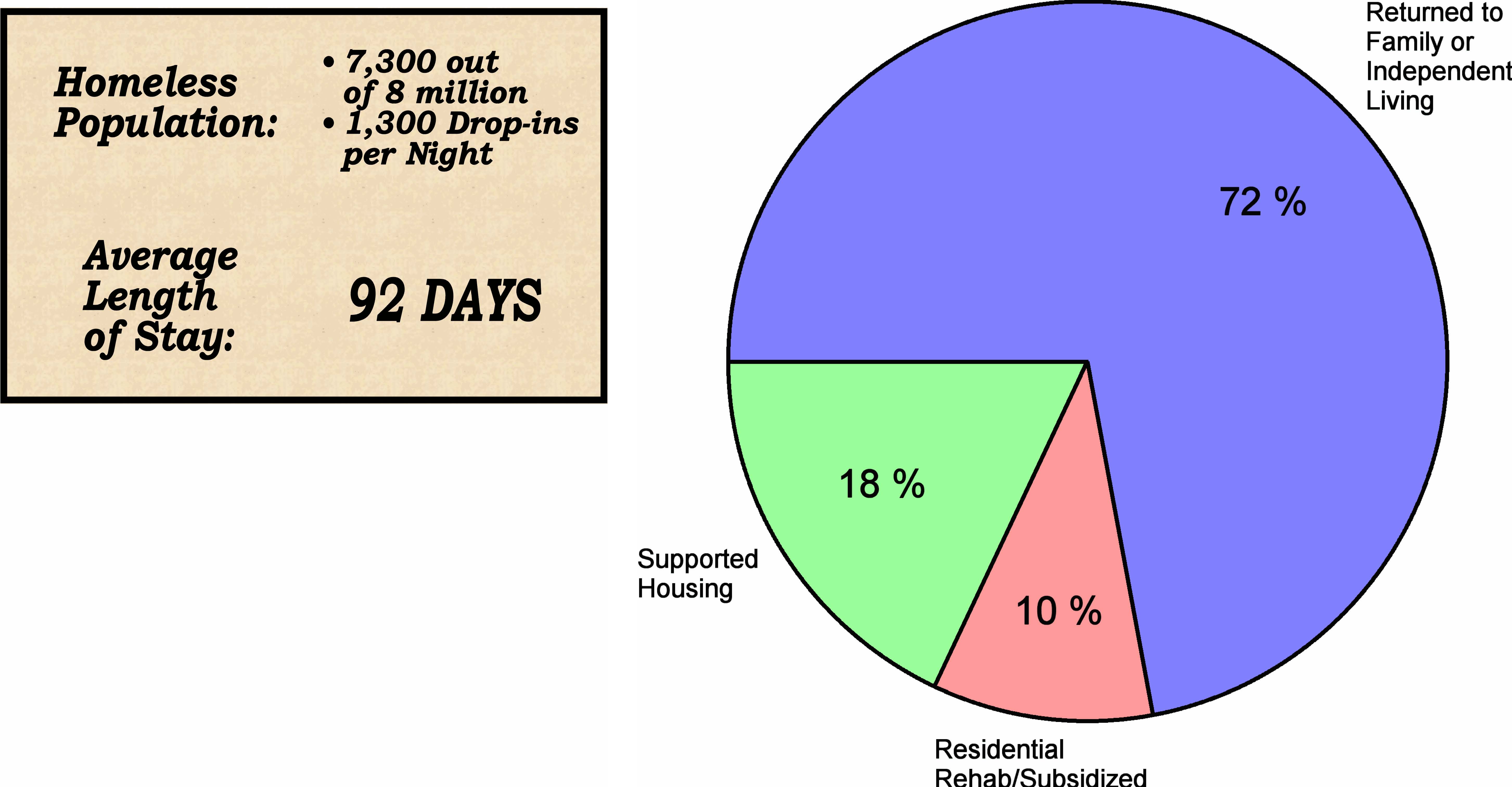
Source: NYC Dept. of Homeless Services (www.ci.nyc.ny.us)
- NYC consolidates their homeless outreach contracts from the Departments of Health, Mental Health and Homeless Services
- Under the Bloomberg Administration, NYS/DHS has established the “Critical Activities Report” which provides administrators with daily facility and service utilization data
Of the approximately three-hundred homeless persons in Westchester County, our study found —
- Half receive no medical or psychiatric care, thereby increasing the risk of harm to themselves, their caregivers and the public
- In spite of the millions spent for social programs for the homeless, three-quarters are still asking for help to; stay off alcohol or drugs and to stay out of jail. Half are asking for help with anger management, psychiatric counseling and psychiatric medication management
- Over the years, Westchester’s Shelter System has evolved from providing temporary respite care for a few months to a life long system which has been characterized as “parasitic”
- Beginning 11/1/07, the County plans to replace some one-hundred fifty cots with chairs, to encourage clients to use supportive services
- Most Drop-Ins and Shelters are closed during the day forcing the homeless onto the streets, shopping malls and libraries
- Less than 5% have ever seen an Outreach Worker or received housing applications assistance
- Shelters’ coerce disabled residents to sign over their disability and pension checks ($700/Mo. Avg.), or be returned to the Drop-Ins, thereby trapping residents in the Shelter System
- Apparently, the city of White Plains has been designated as the single point of access to the Shelter System with all pick-ups and drop-offs within the city. This creates an extraordinary burden on residents, workers, shoppers and law enforcement
- Interviews with DSS Case Workers found they feared losing their well-paying jobs (40k+ for entry level, HS Grads) if they facilitated services, thereby reducing their case loads and eliminating their positions
- Each homeless person is worth about $50,000/Yr. to the Shelter. There are no incentives to place residents in their own apartments. To the contrary, there is a substantial penalty
Recovery in a Cycle of Homelessness
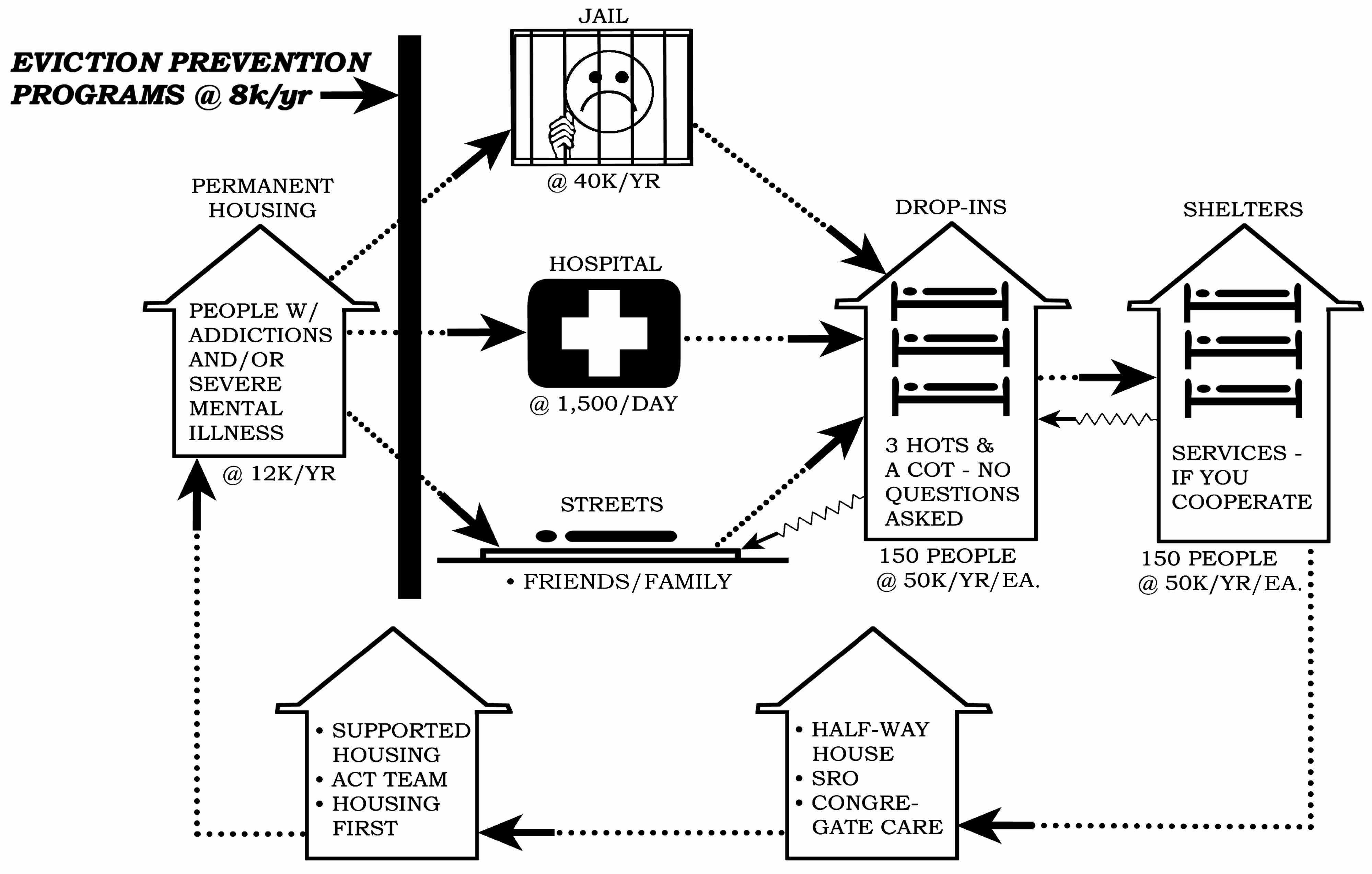
Access to Services
Findings:
- None of the approximately one-hundred fifty Drop-In residents receive any psychiatric or medical assessment or counseling services
- Three out of four homeless persons are asking for help “staying off alcohol or drugs” and “staying out of jail”
- Half are asking for help with “anger management,” “psychiatric counseling” and “psychiatric medication management”
- Less than 5% report any contact with a Community Outreach Case Worker
- Under Kendra’s Law, “High-Need Patients” e.g. a person suffering from Paranoid Schizophrenia who refuses medication, may not be placed under an AOT order if “They are able to survive safely in the community without supervision”
Action Implications:
- Align programs to better address residents’ needs
- Provide access to Counselors and Case Workers in the Shelters and Drop-Ins
- Hire Shelter Residents (preferably female) to reach out to high risk homeless; to establish a continuing, peer counseling relationship, over lunch, coffee, etc.
Access to Services
Findings:
- Most Drop-In and Shelter programs do not allow residents to stay there during the day
- Shelter residents who don’t “behave” are transferred back to the Drop-In Center and the streets
- Over 80% of the homeless said they needed a Photo ID, Birth Certificate or Social Security Card in order to apply for housing, job training or other government benefits, to become self-sufficient again
Action Implications:
- Open up Drop-Ins and Shelters during the day
- Develop a two-tiered Shelter program to provide residents who don’t “behave” with intensive services at the Shelter instead of putting them back on the street
- Eliminate the personal documents barriers to initiating the application process
The Economics of Recovery
Findings:
- Shelters receive an average of almost fifty thousand dollars a year to provide services for each homeless person. There is no financial incentive to place residents in the community
- Shelter’s force disabled residents to turn over their disability checks ($700/Mo. avg.) or, be sent back to the Drop-In Center
- Shelter residents are given a daily allowance of $1.50
- Most homeless believe if they do work, DSS will cut off their benefits
- Saving money for security/rent is impossible. Residents feel “trapped” in the system
- Pan handling, “dumpster diving”, selling food stamps, petty theft and drug dealing are used to supplement their income
Action Implications:
- Raise the monthly allowance from $45. to $100.*
- Discontinue coercing disabled residents to turn over their disability checks
- Provide homeless persons with a simple set of Shelter and work rules
- Offer a savings plan for housing in the community
- Restructure Shelter contracts to focus on the timely placement of the homeless in the community. Tie payments to performance
See “Converting Drop-Ins to Shelter services” (page 38)
Self Sufficiency
Findings:
There is a significant gap between what the homeless require to become self-sufficient and, what the Shelters are providing:
- Eight out of ten homeless persons say they could become self-sufficient if they had “Job Skills Training” and a “good paying job”
- About two-thirds believe “more education” and “Vocational Counseling” would also help them achieve self-sufficiency
- Yet, only about one-third rated the staff at their Shelter as “very helpful” in providing these services
Action Implications:
- Provide face-to-face vocational assessment, counseling, training, job placement and supported employment
- Coordinate vocational programs with those of DSS, One Stop, VESID, and DOL
- Conduct computer classes utilizing current Shelter computer facilities, e.g. VOA, Open Arms, etc.
Distribution of Resources
Findings:
- As of September, 07, there were three-hundred eighty-five beds in six communities serving some three-hundred single homeless adults* –an excess capacity of eighty-five beds
- The August, 07 closing of the Court Street Drop-In, eliminating forty-three beds, did not result in the homeless being turned away –they were readily absorbed by existing facilities
- There is one access point** for the approximately one-hundred fifty homeless who choose to use the Drop-Ins. All homeless must be picked up and returned to White Plains or, they will not be permitted to return to their Drop-In
Action Implications:
- Given the downward trend in Westchester’s’ homeless population (about 25/yr) additional facility closures should be studied
- Abolish the “return to White Plains” rule which creates “Dumping.” Permit the homeless to remain at the Drop-In/Shelter to attend day programs
*westchestergov.com, about 25/Yr.
**Martin Luther King Boulevard, White Plains
Shared Responsibility for Westchester’s Homeless
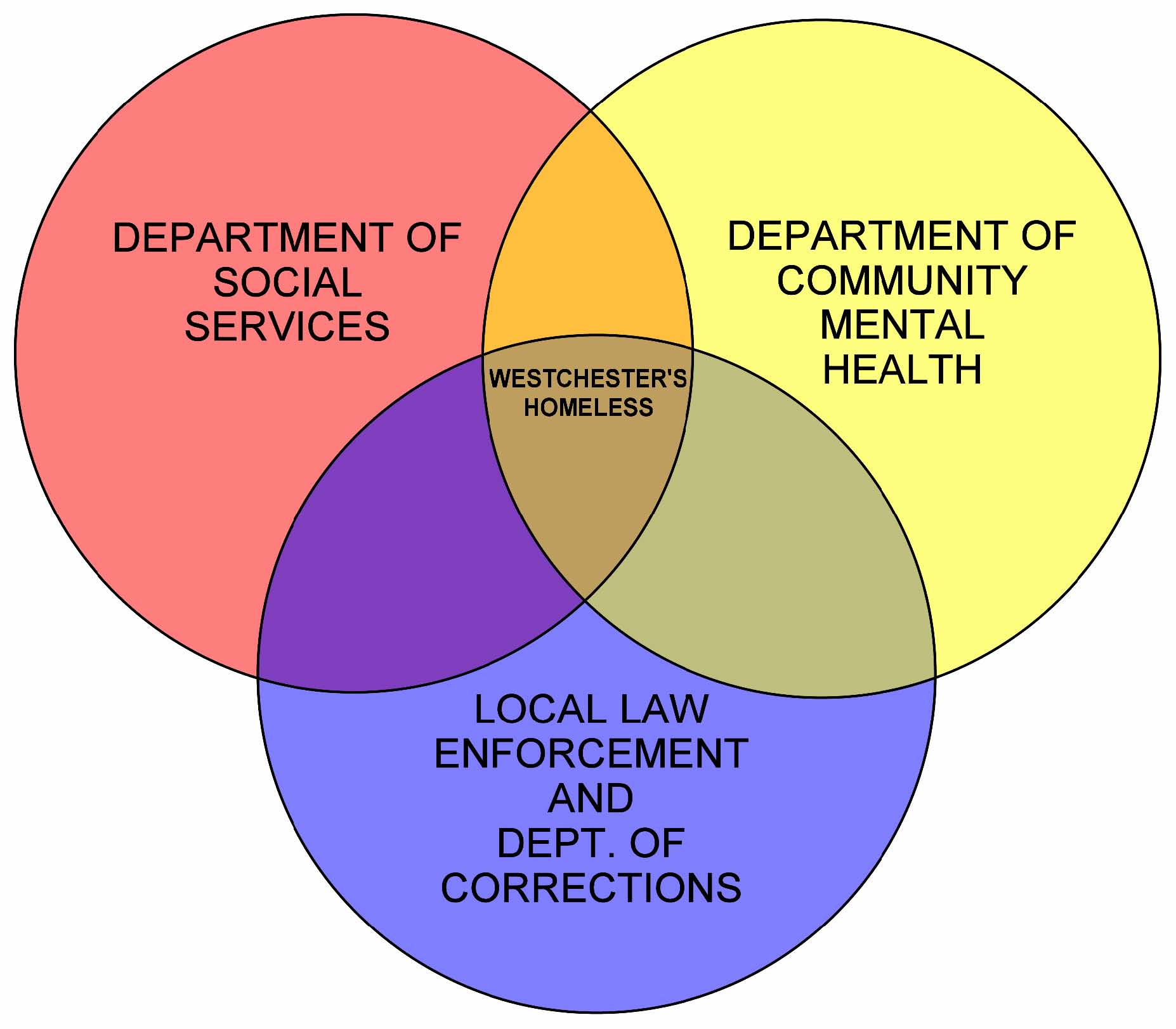
Responsibility and Control
Findings:
- As the data demonstrates, the homeless are a high-risk/high-need population requiring the constant attention and service coordination of the Departments of Social Services, Community Mental Health and Law Enforcement
- Front-line staff must cope with substance abuse, psychotic episodes, violence, theft and drug overdoses on a daily basis
- Rudimentary assessment of the physical and mental needs of some one-hundred fifty Drop-Ins, the most vulnerable and highest risk population, is not required
Action Implications:
- Train front-line staff to be prepared to cope with the daily challenges
- Publish a handbook for direct care staff clearly specifying the lines of authority, responsibility and procedures for all three Departments
- Conduct a short screening interview among Drop-Ins to detect major mental and physical health issues with appropriate referrals and rewards for cooperation
- Change management controls from reporting “process” to reporting “performance”; track how successful each program is in stabilizing the clients in the community; e.g., the number placed in treatment, housing, jobs, etc.
- Conduct an annual survey among the homeless to measure program effectiveness; what the program delivers vs. what was promised
- Transform the reported wide-spread culture of Case Worker abuse at DSS and some providers, to one of professionalism and charity
Methodology
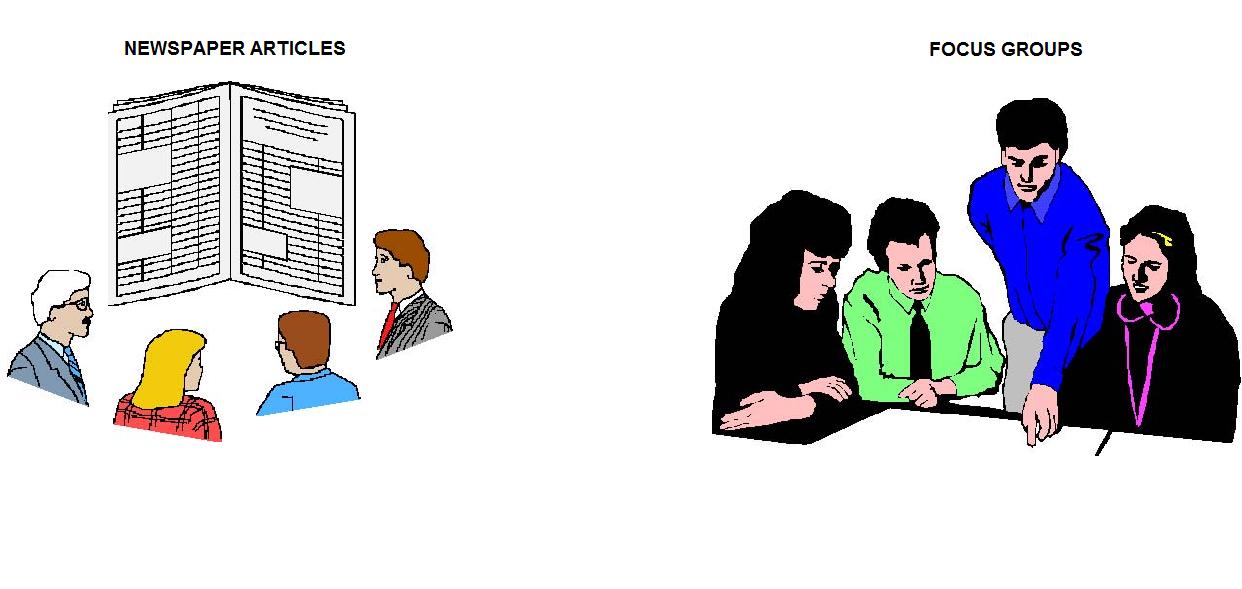
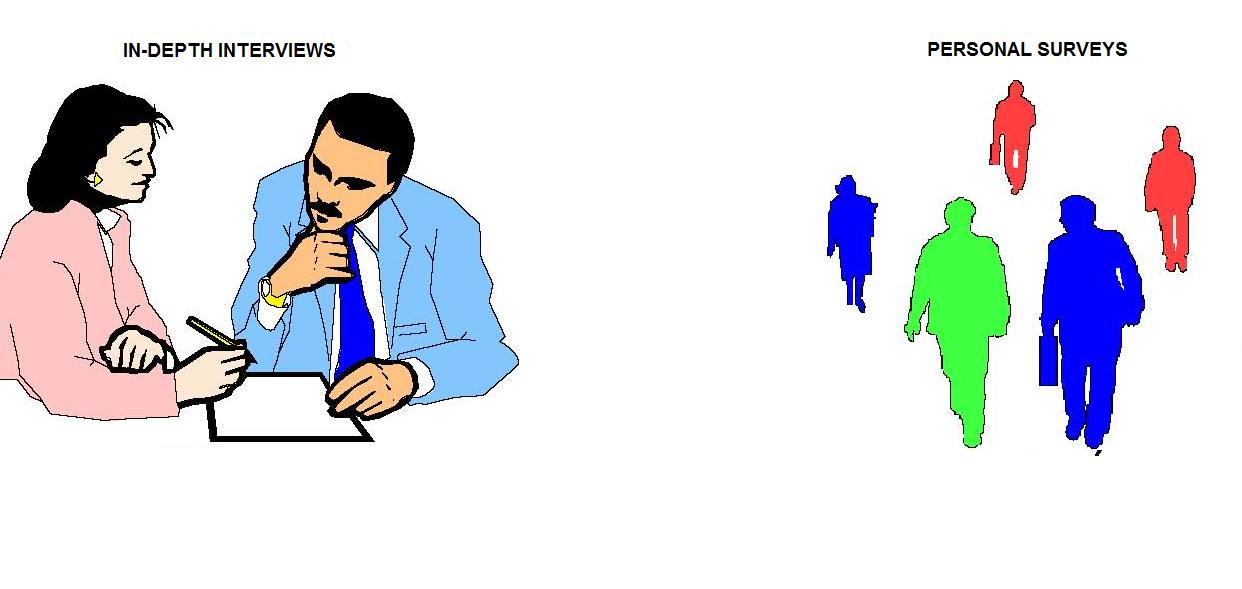
- Two focus groups with current and former Shelter residents diagnosed with mental illness and chemical abuse (MICA)
- Twenty-three in-depth 1½ hour interviews with —
- Two Current/former DSS/HRA Case Managers
- Two Current/former DCMH Administrators
- Two Homeless Shelter Administrators
- Two Level-3 Sex Offenders
- Two MSW’s (CASAC) at Substance Abuse Outpatient Programs
- Four Executive Directors of Community Agency Housing Programs in NYC & Westchester
- Two Housing Advocates
- Two Grasslands Home Owners
- Five Business/Real Estate Executives
- Fifty-eight thirty minute personal interviews with residents at five Shelters and Drop-Ins in White Plains, Yonkers, Mount Vernon and New Rochelle (July, 07)
- Thirty personal interviews with Drop-In residents in Yonkers and Mount Vernon (November, 07)
Number of Beds at Drop-In Shelters (for single adults) in Westchester, NY

Shelter Lived At Most Often
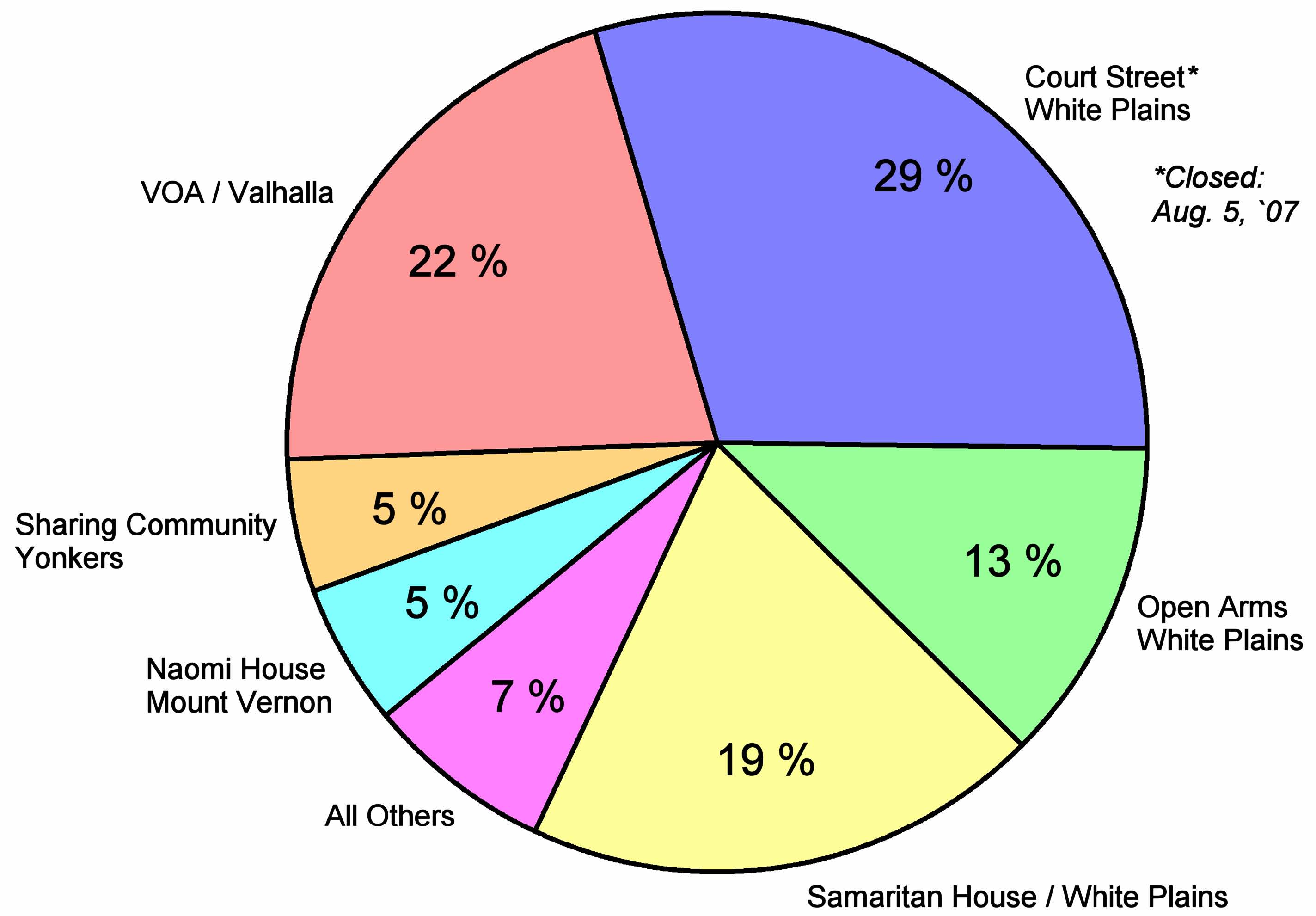
Summary of Housing Options

Q. What is the difference between the Drop-In and Shelter programs?
A. “The Drop-In program is for people that refuse services; to take their meds or attend substance abuse (day) programs).” “There are about 150 at night in the Drop-In program, you get a cot or roll out mat and toilet.”
- “In White Plains, the vans pick you about 10:30pm at Martin Luther King and Quarropas. There are 4-5 vans that hold up to 15 people. It is 11:30pm by the time you get there.”
- “They wake us up at 5:30am for the van back. They have to take you back to the place where they picked you up (White Plains). It’s the law.”
Characteristics of the Homeless

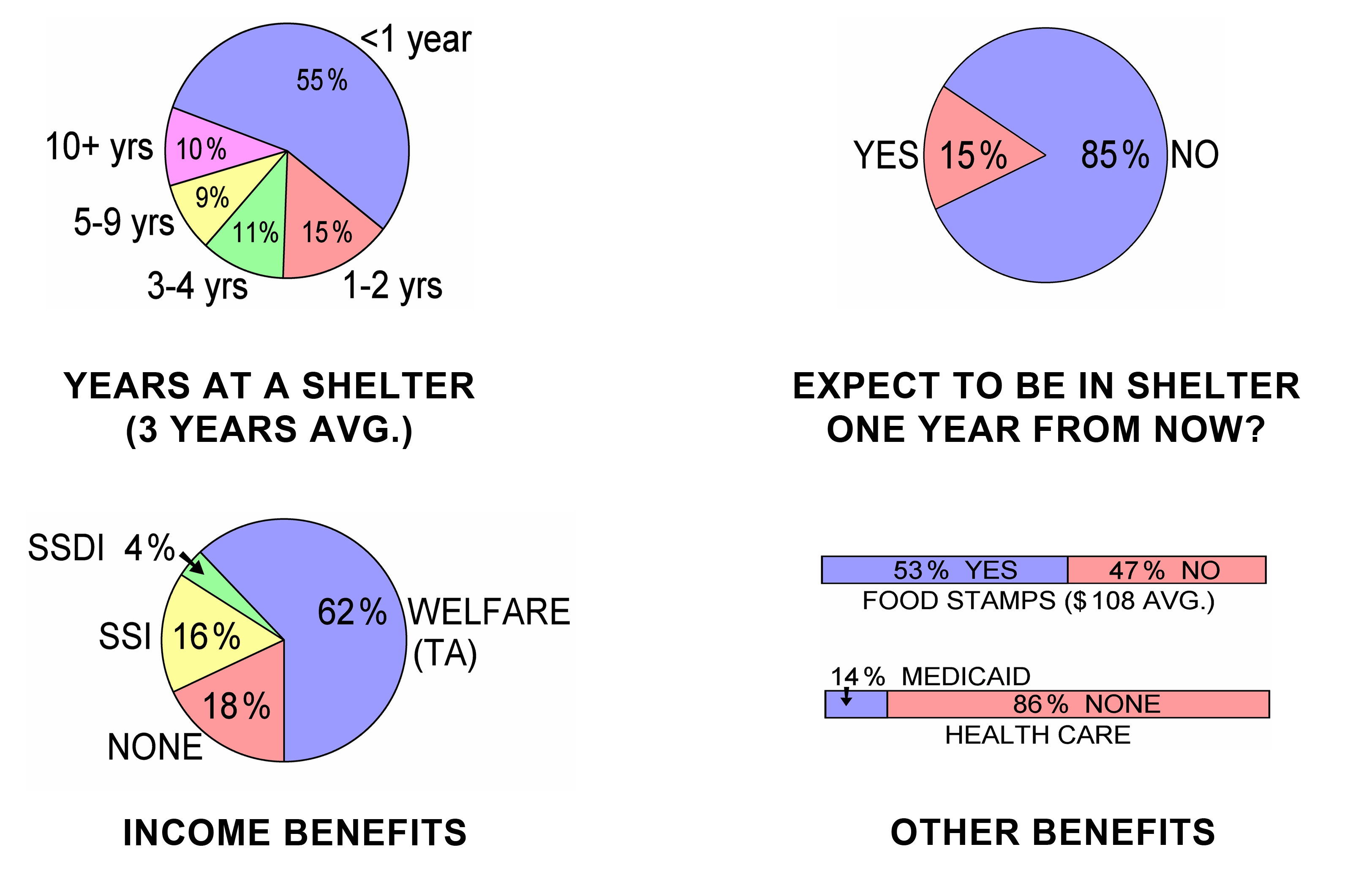
Avg. # of Visits to DSS to Get Benefits: Seven Times
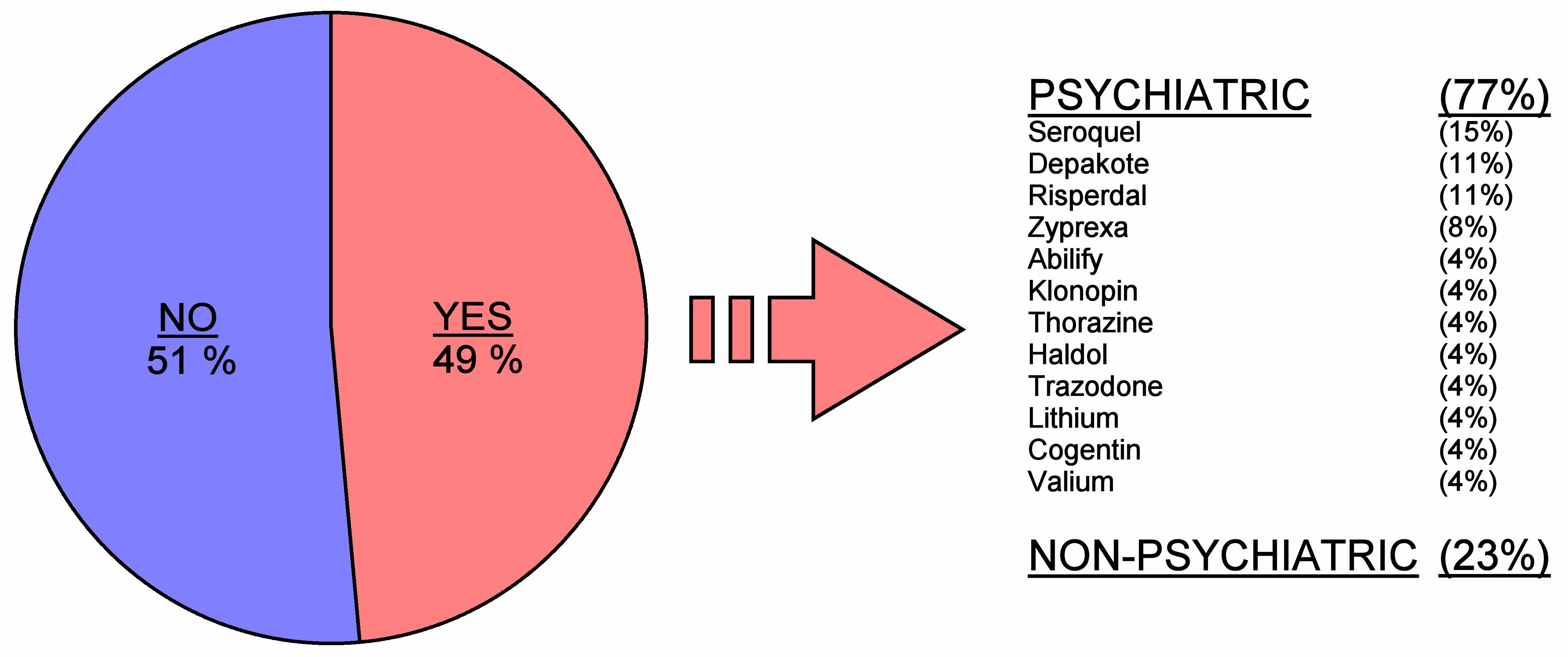
“Do you take prescription medicines?” “If ‘yes’, which ones?”
Community Harassment
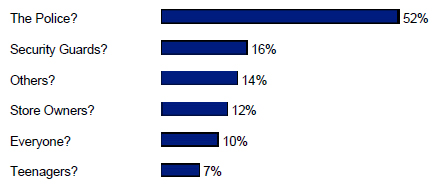
“When you’re in the Community, are you ever harassed by —”
Q. When you are in the community, are you harassed?
A. “Mostly by the Cops. They will ask you “why are you here”? “What is in your stuff?” And then search you for drugs. They can spot us by the bags we carry. Walking with some people like “Logan or “Q” will get you stopped every time – they are always carrying, in their sneakers or underwear. The Cops won’t put their hands in your crotch.”
How the Homeless Spend Their Days

“What do you do during the week/weekends? Where do you go?”
Q. What do you during the week/weekends?
A. “In winter and summer, we hang out in the library and read the newspapers and magazines or go to the Food Court at the Galleria where you can use the bathrooms. The Security Guards chase you out after a few hours. In nice weather, we sit in the parks and by the fountain.”
- “Addicts at the shelters have to attend the program – but not if you are disabled or in a Drop-In.”
- “A lot of the women have kids, they visit them, get a meal, shower.”
- “Some just ride the bus; it is comfortable, you can bring your stuff, no one bothers you. You “B.S.” your Case Manager to get a Metro-Card – tell them you have a court date or have to go to a relatives’ funeral – you save $38./Mo (1/2 fare).”
- “A lot of the guys caddy or go to Labor Ready.”
- “At night some go to AA. We say “only alcoholics go to meetings, drunks don’t.”
- “Pan Handle – to buy liquor: For $4. I can get a bottle of Devil Springs Vodka – it lasts all day.”
- “There is a guy we call “8.2” (refers to his blood alcohol level), hang around Starbucks, the teens pay him to buy them booze and cigarettes. Dealers hang out there for the high school kids.”
How the Homeless Become Self-Sufficient
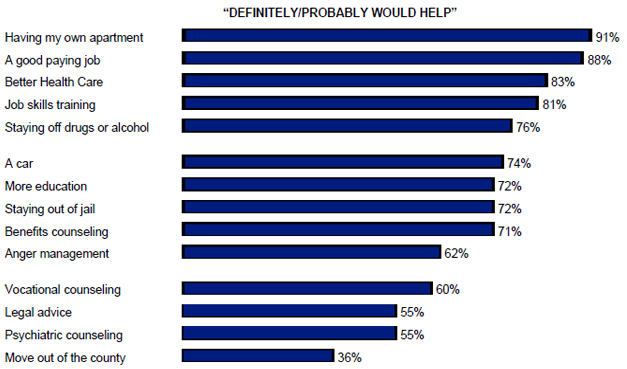
“For each item listed, please check off how important it is to help you become self-sufficient.”
Q. What do you do for money?
A. “Pick cans (canning) on trash days (Wednesdays) – you can make about $30/day plus collectables if you are are lucky. I sell the stuff to antique dealers.” “Dumpster diving at schools can get you stuff when the maintenance guys clean out kid’s lockers; knapsacks, sneakers, CD’s, sports equipment, clothes.” “Caddying: $150. a loop plus tips – you can get $300-$400/day cash.” “Take opinion polls at the Galleria – they will pay $5 to $25.” “A few of the women do tricks.” “Some guys do odd jobs; painting, handyman stuff – but you better not let DSS find out you are working – they will throw you off Welfare for fraud.” “You scam Doctors in to prescribing pills you can sell; pain killers, Anti-depressants, etc. you can get $15/pill for Viagra.”
- “Sell my food stamps – you can get 70¢ on the dollar from some delis/grocery stores. They add on an extra dollar. It is done on the keypad, not the register. I am supposed to go to program – but on $45./Mo that VOA gives me out of my $700. Disability check, I cannot afford to go – I have to panhandle. Some steal and fence; cell phones, CD’s/DVD’s, computer games, gift cards, prescriptions.”
- “Also, you can hold up signs for $10/hr, and do moving van work, $10./hr cash plus what you can steal.”
Shelter Evaluation

“How would you rate these items for the Shelter you live at most of the time?”
Q. How helpful are the Case Workers at our Shelter?
A. “They will not ask you if you need help, they’re always in a meeting or hiding in their office – you have to help yourself.”
Q. Did you get a medical exam?
A. “Not if you go to the Drop-In – you could have Aids or TB or Hepatitis, no one cares. You have to go the ER – they have to treat you.”
“If you go into the Shelter program there is a 3-day assessment – they take your blood to check for drugs, Aids, TB and give you a Psych/Social Assessment.”
Q. Do they provide job skills training at your Shelter?
A. “No – they put up flyers on the bulletin board; VESID, One-Stop, Job Core.”
Q. How would you rate your Shelter’s food?
A. “When it is donated by restaurants; excellent, plus we get lots of bagels from Bagel Emporium, and bags of groceries from churches, sports clubs and community groups. Tony at VOA is a good cook.”
Q. Do you have access to computers at the Shelters?
A. “VOA has a room with them – but they never work. Open Arms has a few with games on them. The library has a few but only for one hour. Guys buy them “hot” or at Pawn Shops to access porn sites. One guy rents DVD’s at the Library and burns them on his laptop and sells them for $5.”
Shelter Case Management Evaluation
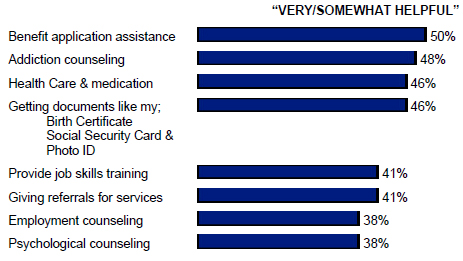
“For each item listed, please check off how helpful you feel the people at your Shelter have been in helping you become self-sufficient.”
Q. How would you describe what it’s like to live in the Shelter System?
A. “Trapped I feel like I am in limbo. Like when I was in jail.”
Q. Who decides which Drop-In Shelter you go to?
A. “The van driver – if he likes you, he will drop you off at Samaritan House (White Plains) and you will get to sleep by 11:00pm. If he does not know you he will drop you off in Yonkers or Peekskill and you will get to bed by midnight. They kick you out at 5:30am. If you complain, you get kicked off the bus.”
Q. What is it like to be a woman in the Shelter System?
A. “You get hit on all the time. The men get preferential treatment; they get picked up by the vans first, the women have to wait. “B” 60 years, carries a knife for protection. A few women prostitute themselves.”
Q. Is it safe in the Shelters?
A. “Pretty much – there are guards – unless you leave your locker open – some will steal your Social Security ID.”
Shelter Resource Center Features
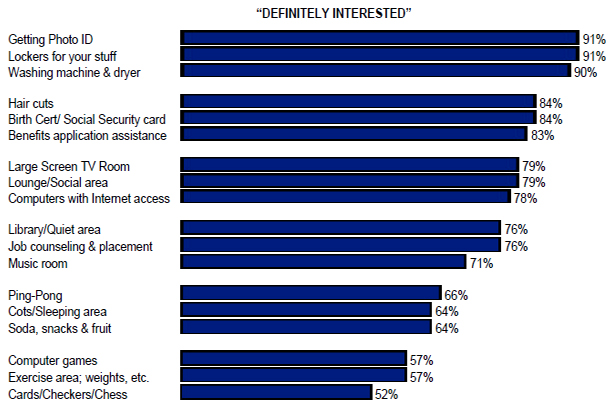
“If there was a Resource Center at or near your Shelter that you could attend when you are not in the program, how interested would you be in the features listed?”
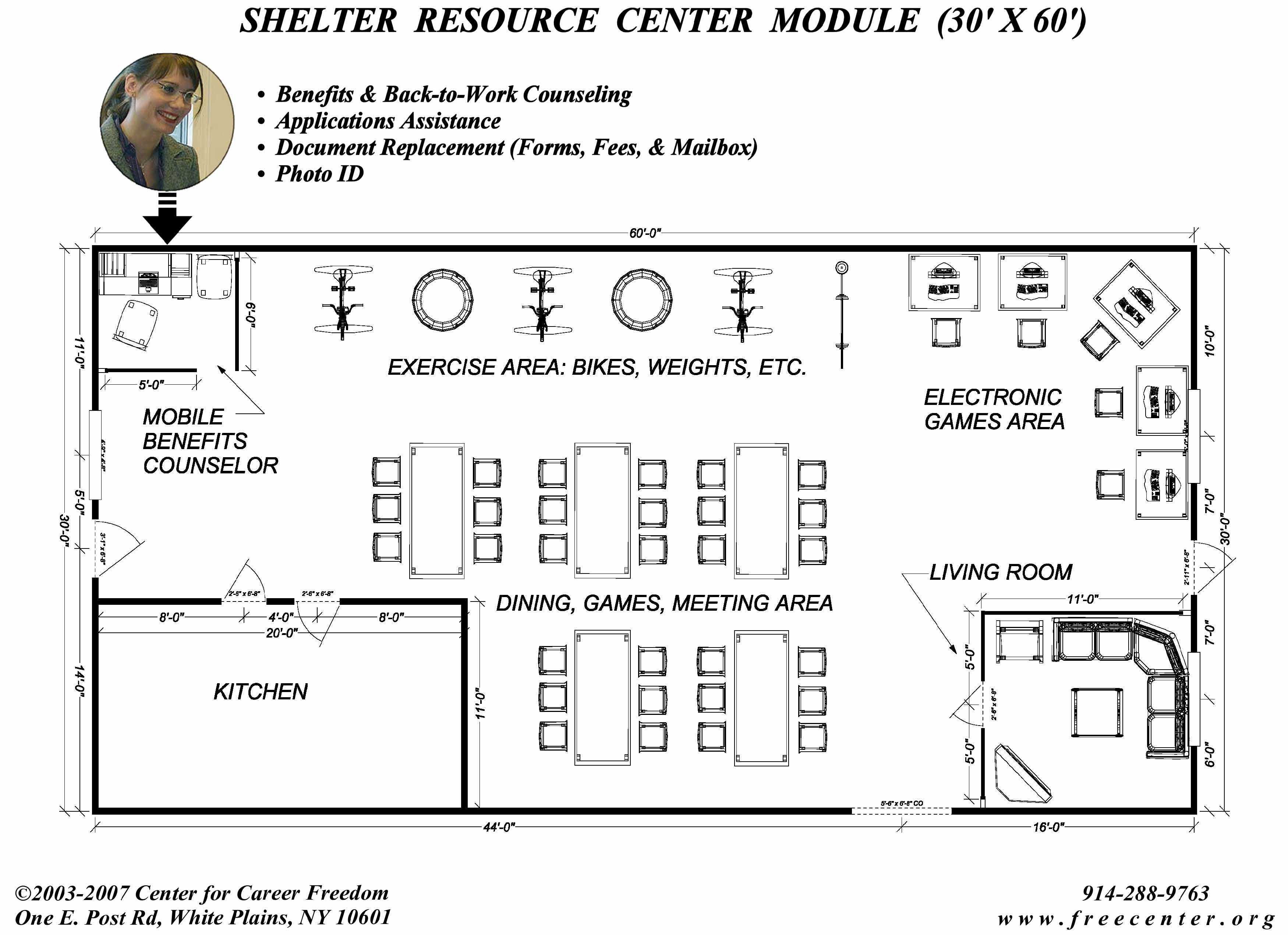
Converting the “Hard Core” Homeless to Accept Shelter Services
Issue:
A second study was fielded in late November (11/30) among thirty single adult residents of Drop-Ins. The objective was to quantify their interest in various monetary and procedural incentives that would cause them to leave the Drop-Ins and accept the psychiatric and medical services offered by the Shelter system.
Findings:
- Almost nine out of ten Drop-In residents would accept the Shelters’ rules for as little as $100/Mo personal needs allowance, $55/Mo more then they now receive ($45/Mo)
- 100% of the disabled residents would leave the Drop-Ins and enter the Shelters if they were allowed to keep all of their SSA disability check ($700 avg.)
- Hypothetical waivers of the mandated Shelter assessment and program rules were found to be ineffectual
Action Implications:
- This study identifies a practical, cost-effective solution for converting Drop-Ins to Shelter residency
- Pilot test a financial incentive program ASAP
- Shelter “gives backs” of about $700/Year per resident, would provide a sustainable funding source
Drop-In Center Homeless Populations
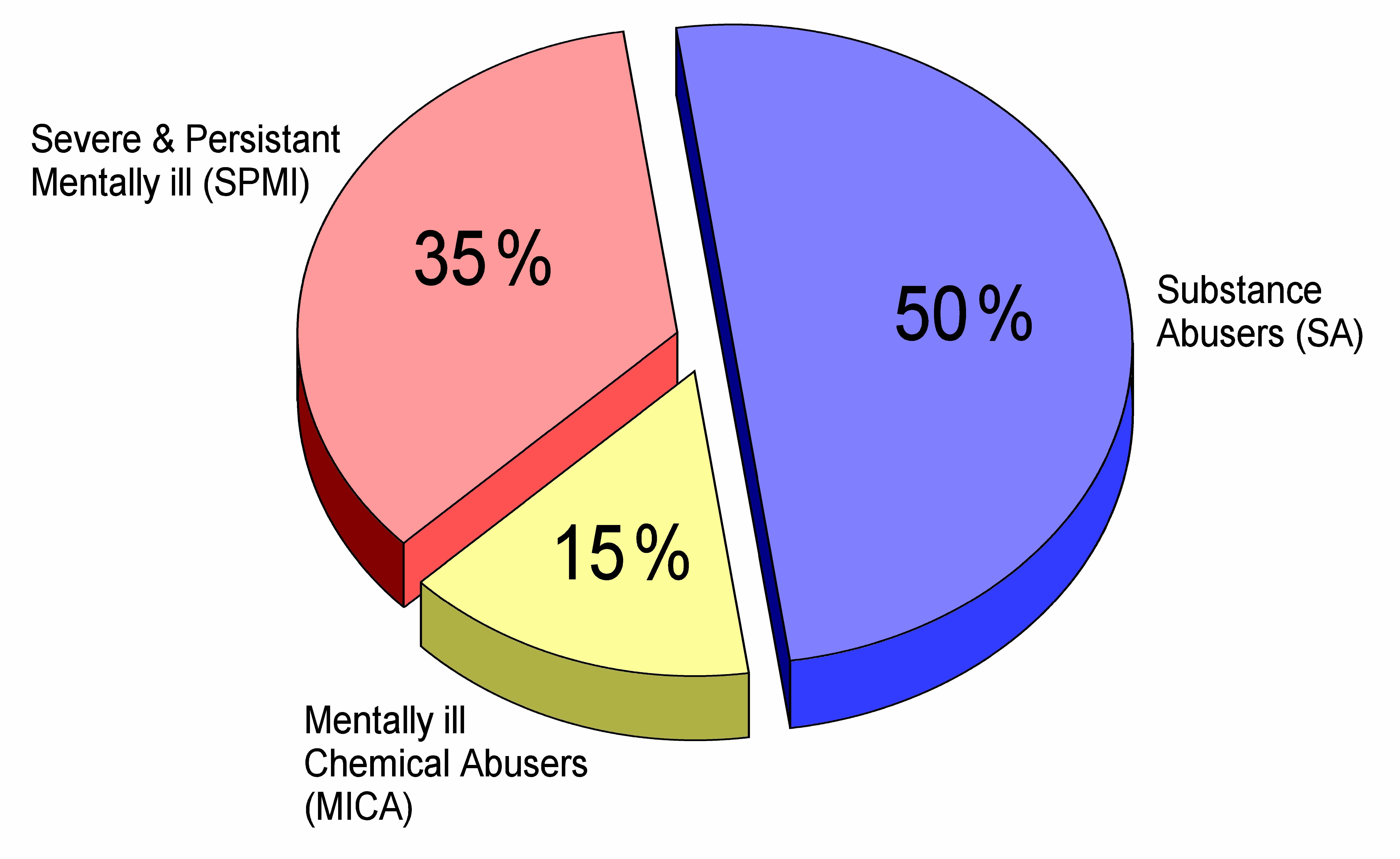
©2007 Center for Career Freedom (www.freecenter.org)
Drop-In Center Population Characteristics
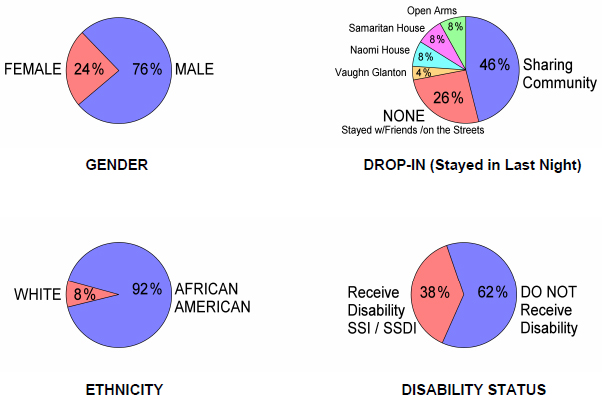
©2007 Center for Career Freedom (www.freecenter.org)
Converting the “Hard Core” Homeless to Accept Shelter Services
 Incentive Level
Incentive Level
Q. “Would you stay at a Shelter if . . .
you were allowed the same freedoms you have at the Drop-In?
Q. “Would you stay at a Shelter if . . .
they gave you $100/mo. instead of $45/mo.?
Q. “Would you stay at a Shelter if . . .
there were no assessments?
Q. “Would you stay at a Shelter if . . .
there were no mandated programs?
Q. “Would you stay at a Shelter if . . .
they let you keep all of your disability check?
About the Center
Founded in 1998, The Center for Career Freedom is a grassroots 501 (c) (3) non-profit corporation with a mission of rehabilitation and recovery of persons with psychiatric disabilities leading to competitive employment. The Center is the only non-profit in New York State that is a licensed Business School by the NYS Department of Education, Microsoft © Certified Office Specialist Training Center and 100% recipient run.
All staff are survivors of mental illness and must have experience in business, counseling, and teaching. This unique blend of skills provides students and members with a caring and street-smart approach to reaching their goal of self-sufficiency.
With fourteen staff and volunteers, the Center has assisted one-thousand men and women throughout Westchester County, NYC, and NYS. Benefits and economics of recovery research is provided to thousands more through Don Fitch’s quarterly column in Mental Health News (100k readers in the tri-state area) and the Center’s three websites;
www.freecenter.org, www.casemanagerstoolkit.org, www.economicsofrecovery.org
The Center’s pioneering research reports are distributed each year to local, state(s) and federal government agencies, legislators, universities, peer and non-peer community agencies, professionals, consumer and family associations, private and corporate foundations, leading newspapers and academic journals. Expenses associated with the development and distribution of these reports are provided pro bono.
Donald Marden Fitch, MS, Founder, and Executive Director
 Don (68) earned his B.A. in Psychology from N.Y.U.’s College of Arts and Science and a Masters in Counseling from L.I.U. He interned at St. Vincent’s Hospital, Westchester.
Don (68) earned his B.A. in Psychology from N.Y.U.’s College of Arts and Science and a Masters in Counseling from L.I.U. He interned at St. Vincent’s Hospital, Westchester.
His non-profit experience spans twenty years in administration, fundraising, consultation, and direct care. Populations served to include persons with mental and physical disabilities, substance abusers, children in foster care, the elderly, persons with HIV/AIDS and others.
Don also spent twenty years in the for-profit sector as a Marketing Consultant for such companies as IBM, Toyota, General Motors, Xerox, Colgate-Palmolive, Coca-Cola, KFC, J., Walter Thompson, and others. He was a Manager in the Marketing Department of Pepsi Cola Company in Purchase for five years and their Marketing Consultant for many years thereafter. Don is a Vietnam era Veteran, a father of three sons and a grandfather of five granddaughters.
